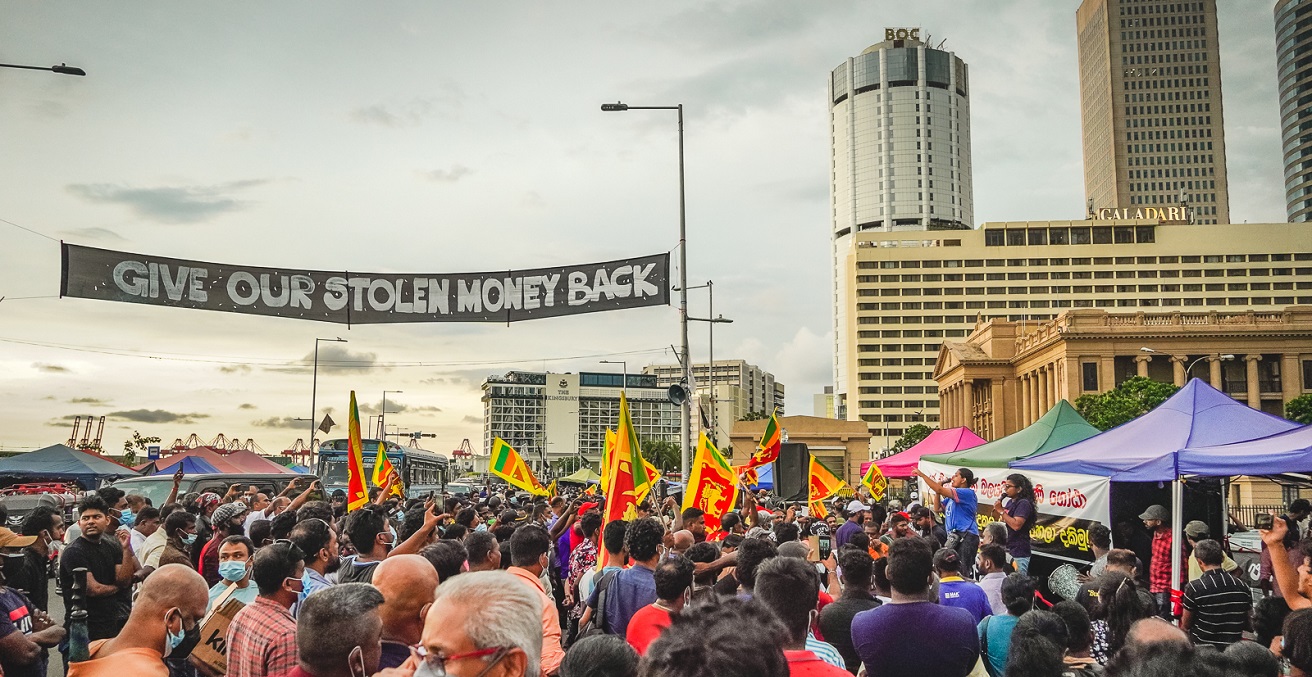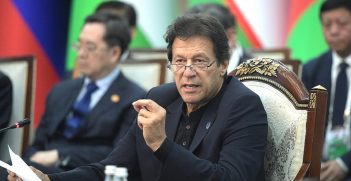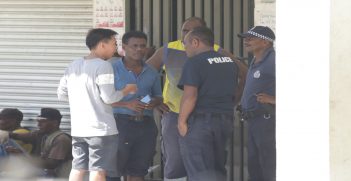Sri Lanka’s Challenging Path Toward Economic Stability and Recovery

Sri Lanka’s economic crisis of 2022 has been over a decade in the making. The new government has a difficult recovery ahead.
Sri Lanka’s economic crisis reached a tipping point in January 2022. The government decided to fully repay a maturing sovereign bond of US$500 million while foreign reserves were wafer thin and essential imports could not be financed. Sri Lanka had never defaulted on its international commitments, and the government wanted to preserve this track record. Yet, the precipitous slide in economic conditions had gone too far, and the majority of citizens were suffering.
Between January and July 2022, Sri Lanka’s foreign currency crisis worsened, with no ability to finance fuel, cooking gas, essential medicines, and many food items. Already imports of automobiles, consumer durables, and construction materials had been restricted or outright banned. Though economists saw this coming for years, it was only in April 2022, when the government announced a historic debt default, that the penny dropped and the economy collapsed. Public uprising against the government grew, eventually resulting in the ouster of President Gotabaya Rajapakse, Prime Minister Mahinda Rajapakse, and other Rajapakse family members who held Cabinet positions.
Growth Model in Question
Much of the recent media coverage and external commentary of the crisis has focussed on what has happened in the last couple years than long-term trends. Sri Lanka has experienced years of economic mismanagement and a flawed growth model pursued in the years after the civil war ended in 2009.
The post-war boom prioritised public debt-driven infrastructure spending, private investment in domestic non-tradable sectors like real estate and property development, and a lack of fiscal discipline. Many export-oriented sectors were consistently under-supported, and tourism was over-relied upon.
Debt service payments racked up, and foreign revenue-earning sectors narrowed. Warnings by Sri Lankan economists and multilateral development banks about the underlying weakness went ignored for years. Politicians, their politicised public officials, and prominent industry leaders who were close to them dismissed any concerns as “fear mongering.”
Stability and Vulnerability
The groundwork for vulnerability had been laid, then new macro shocks came in quick succession: a constitutional coup in October 2018, Easter Sunday bombings in April 2019, the onset of the COVID-19 pandemic in 2020, and the Russia-Ukraine war in 2022. Sri Lanka’s economy contracted by 1.6 percent in the first quarter of 2022. Tourism earnings collapsed from US$4.4 billion in 2018 to $0.5 billion in 2021. Exports have remained buoyant, recovering to pre-COVID-19 levels, but the export basket has remained largely unchanged for 20 years. Usable foreign reserves dwindled to just $300 million by August 2022 and were reportedly less than $10 million on the day Sri Lanka announced the unilateral default.
Against this macroeconomic context, Sri Lankan households face severe socio-economic pressures. COVID-19 and the current crisis have led to severe malnutrition and other socio-economic issues. The reintroduction of a fuel pricing formula has increased fuel prices. Petrol and diesel prices increased 143 percent in July 2022 year-on-year. Cooking gas prices increased by 229 percent between October 2021and August 2022, while shortages have substantially eased. Increases to electricity tariffs have just been announced, and there are planned increases in water tariffs. Sri Lankans have not seen this kind of energy and utility prices revisions, all at the same time, in recent memory.
The government is yet to come up with a meaningful social safety net. It announced modest cash transfers and is doubling down on existing programmes like “Samurdhi,” a household welfare scheme that is widely acknowledged as politicised, incomplete, and poorly targeted.
Pathways for Recovery
President Ranil Wickramasinghe’s government plans to introduce reforms that had been postponed for over a decade. But unless he wins over the public, explains the rationale for the reforms and expected outcomes, and demonstrates genuine effort to respect the people’s struggle, he is likely to fail. Trust in politicians is at an all-time low. There is much dismay that everyone in the new Cabinet of Ministers was part of the regime that oversaw the economic collapse. Efforts to forge a multiparty unity government seem perfunctory at best, with two major opposition parties – the JVP and SJB – rejecting the president’s overtures toward this.
As the daunting work of restructuring public finances and stabilising the economy continues, the president needs to decide whether to retain the finance minister role, or hand it to a colleague in Cabinet or someone who might join under a multi-party arrangement. Sri Lanka has had seven finance ministers in as many years.
The immediate priority is to lock in International Monetary Fund (IMF) support for reforms, by way of an Extended Funding Facility programme. A Staff-level Agreement was forged in August 2022, but the IMF’s Executive Board still needs to approve the programme. For this it needs assurances that Sri Lanka has made reasonable progress in debt renegotiation with private and bilateral creditors. So far, Chinese authorities have been ambivalent about debt restructuring, but evidence from their approach in other countries suggests they would seek a bespoke and preferential arrangement rather than participating in a common restructuring programme.
President Wickremasinghe invited Japan to coordinate a meeting of bilateral creditors to forge an accelerated common approach. If this succeeds, it would greatly help secure an IMF bailout. Meanwhile, Sri Lanka has appointed international financial and legal advisors to negotiate with private creditors in parallel. Apart from one legal dispute filed in the District Court of New York, no further legal challenges are likely to get in the way of negotiating private commercial debt.
Following the IMF agreement, other multilateral and bilateral lenders, like the World Bank, Asian Development Bank, Japan, and the United States, are likely to come forward with financial support. These will be crucial to provide budgetary support for the government’s welfare programmes to build a cushion for the socio-economic impacts on the poor. The sweeping policy reforms that are likely to be implemented would have sharp impacts on vulnerable groups.
Reforms for Private Sector-led Growth
While all these measures will provide some respite over the next two years, the accompanying austerity measures will no doubt affect growth. So, the government needs to stimulate economic activity by spurring private investment. Rather than focussing on tax incentives and concessionary rates, the government must seriously look at policy and regulatory bottlenecks that have held back private enterprise for decades. Improvements in trade facilitation at the border have been slow or stalled and must now be fast tracked. Archaic business regulatory laws need to be revised or removed and missing regulatory frameworks introduced. A steady and firm path of import tax rationalisation needs to be adopted, along with an overhaul of procedures, promotion, and facilitation of foreign direct investment.
Together, these reforms can spur entrepreneurship and private sector activity to compensate for the pull-back of public investment that has dominated economic activity since the end of the war. Without this, the Sri Lankan economy will be caught in a “low-equilibrium trap,” moving precariously from one crisis to the next with lifelines from international partners like India and China thrown from time to time. Sri Lanka needs to use this crisis to reform the economy to ensure post-crisis growth is inclusive and sustainable.
Anushka Wijesinha is an Economist based in Colombo and is Co-founder of the public policy think tank, Centre for a Smart Future. He works with international development organisations on technical assistance projects in South and South East Asia. He was previously Advisor to the Minister of Development Strategies and International Trade, the Chief Economist of the Ceylon Chamber of Commerce, and an Asia Foundation Development Fellow at the Korea Development Institute. He was a member of the World Economic Forum’s Global Future Council on Innovation Ecosystems, and the Monetary Policy Consultative Committee of the Central Bank of Sri Lanka.
This article is published under a Creative Commons License and may be republished with attribution.





